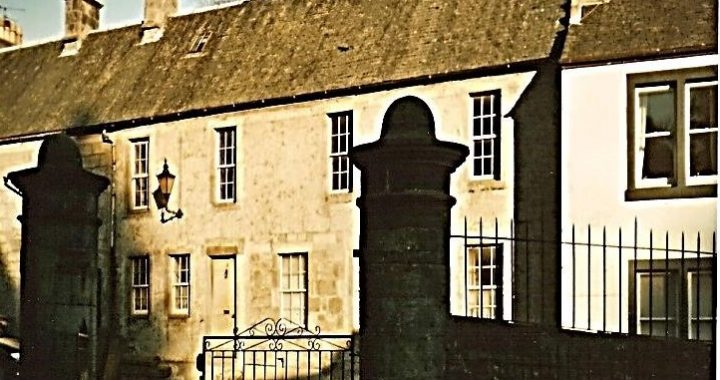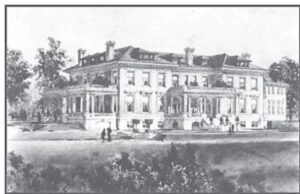Ralston Gudgeon is best known for his hundreds of beautiful paintings of birds in water colour or gouache. Ralston studied at Glasgow School of Art from 1928 to 1933. His talent was well recognised in 1933 when he was winner of the Glasgow Institute Torrance Memorial Award. In 1936, a one man show of his paintings was held in the Annan Gallery in Glasgow, where 35 paintings, mainly of birds, were exhibited. The success of this exhibition may have led to his election in 1937 to RSW, then the youngest man to date to become a member. However, this article does not focus on his paintings. It is about Ralston Gudgeon, the man.
Ralston spent part of his childhood in Kilbarchan. His passion for painting birds began at an early age. He and his boyhood friend in Kilbarchan, Andrew Jackson, loved the outdoor life and roamed the local woods and fields around the village, searching for birds. Andrew could identify the birds while Ralston sketched and coloured.
In the mid-1930s, Ralston’s address was 15 Park View, Kilbarchan. He took an active part in the Lilias Day celebrations in the 1930s, performing as an actor in the Marjorie Bruce Tableau at the Lilias Day Pageants of both 1931 and 1933. He is also recorded as painting posters advertising the 1934 Lilias Day. Ralston was fond of animals and kept a pet fox. It was the talk of the village when he took his fox on a dog lead for its daily walk.
Ralston became acquainted with Jessie Cassels Ritchie (1909-1999) who lived at High Gradach, East Barnaigh, Kilbarchan, and worked as a governess. On 28th July, 1937, Ralston and Jessie were married ‘at Headless Cross, Gretna, By declaration in presence of Alexander Overend, 35 William Street, Johnstone, and Margaret Dickie Moore, Advance Place, Bridge of Weir’. This irregular marriage was registered at Gretna on 17th September, 1937. We can assume that Ralston was a bit of a romantic as well as talented and sociable.
Ralston’s very successful artistic career was disrupted by his service in the army in WW2. After the war, Ralston set about resurrecting his career as an artist. From 1947 to 1951 his paintings were on show in numerous Scottish exhibitions including an unusual one in Paisley, held in the photographer George Edward Russell’s studio at 55 High Street. It is unknown how many paintings were actually sold at these art shows. Post war times were hard, and Ralston, now living in Inverkip, was in financial difficulties. However, despite this set back, his artistic career recovered and the family later moved to Callander.
Although little is remembered, of Ralston Gudgeon’s time in Kilbarchan, he is very well remembered in Callander, where he lived in the nineteen fifties and sixties. He was popular in the town and local people proudly displayed his paintings in their homes. I know of only one of his paintings, entitled “Angry Roosters”, proudly on display in a Kilbarchan home today.
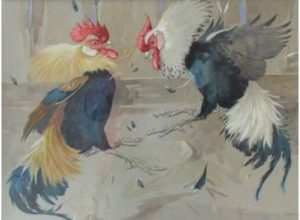
© 2023, Helen Calcluth, Renfrewshire Local History Forum

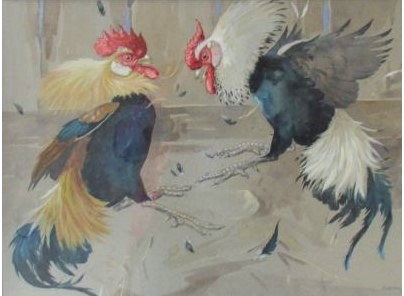
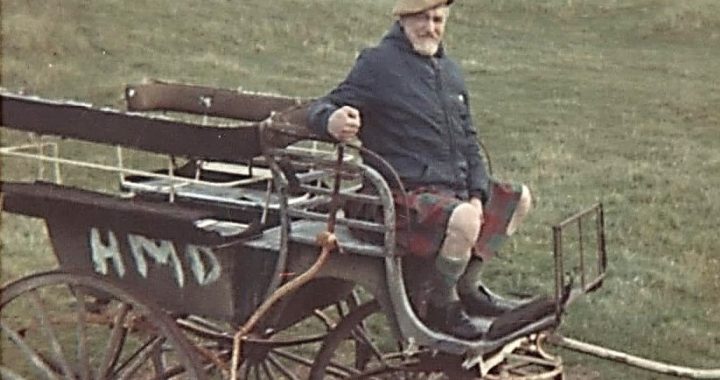
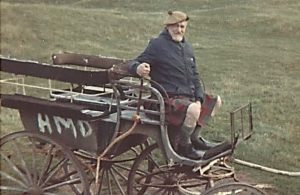
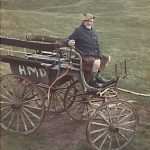
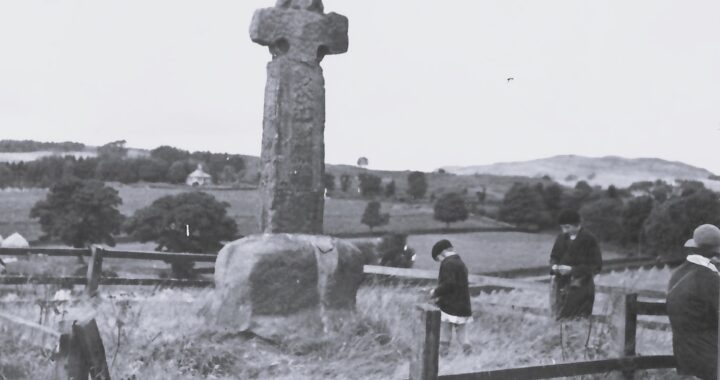
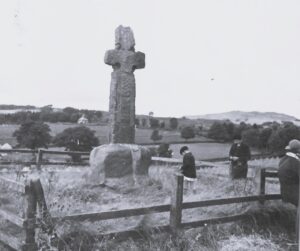


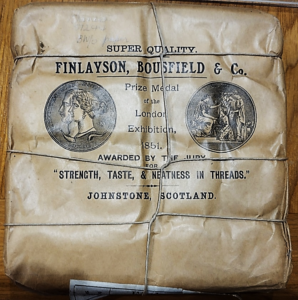
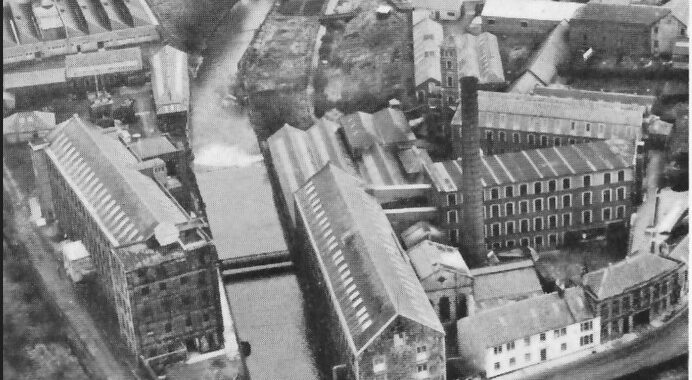


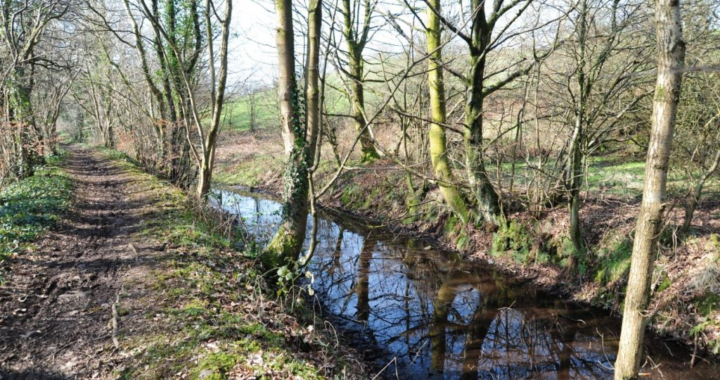
 Crosslee Mill Lade
Crosslee Mill Lade